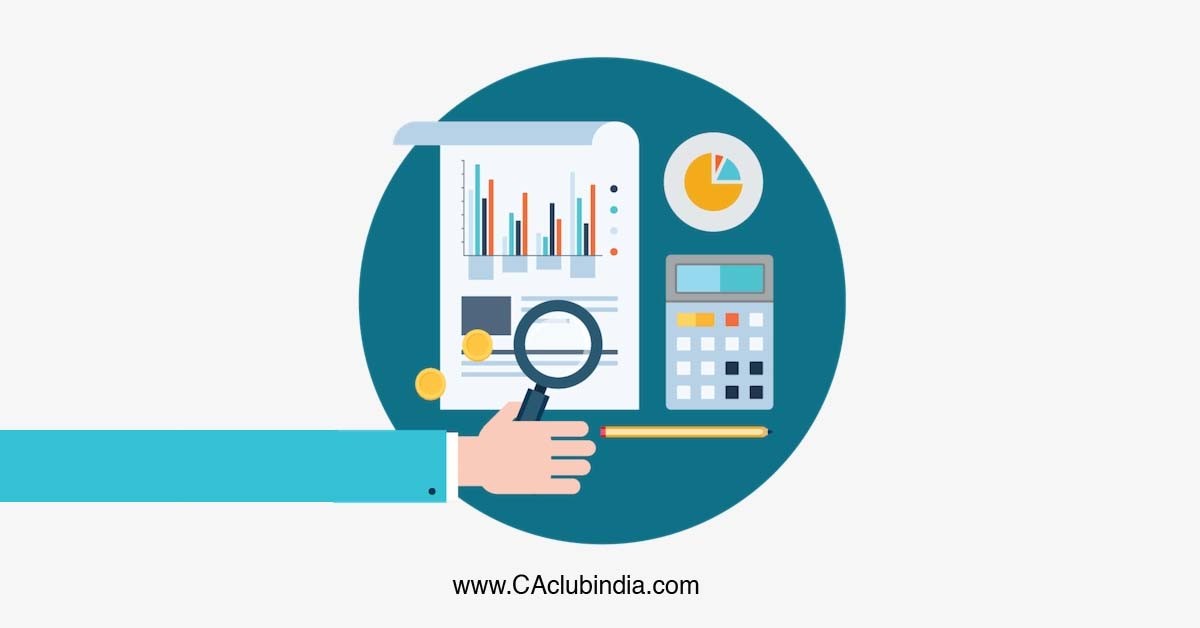In an era where educational institutions play a pivotal role in shaping the future of individuals and societies, ensuring transparency, accountability, and quality within these institutions has become more important than ever. As the demand for education continues to rise, so do the expectations of stakeholders – students, parents, regulatory bodies, and the community at large. This necessitates a robust system of checks and balances to guarantee that these institutions operate efficiently, effectively, and in accordance with established standards. One such critical mechanism that has gained prominence in recent years is the practice of internal audit within educational institutions.
Internal audit serves as an independent, objective assurance and consulting activity designed to add value and improve an organization's operations. This article delves into the areas where the internal auditor needs to look into along with the audit check areas.

Understanding the various process
To truly comprehend the scope and impact of internal audit in educational institutions, it is essential to understand the primary flow of information and the associated financial transactions
Educational institutions primarily consist of the following processes:
- Student admission ------ Upgradation ------ Suspension / Graduation ---- Alumni
- Staff recruitment ----- Hiring ------ Maintenance ----- Promotion ----- Golden handshake
- Inventory procurement ------ Issues/consumption
- Fixed Assets ----- Purchase / construction ------- utilization ------ maintenance ----- disposal
1. Student Process Flow (Primary Source of Revenue)
- Security Deposit / Caution Money: At the outset of a student's journey, institutions often collect a security deposit or caution money to ensure adherence to rules and regulations.
- Levy of Various Types of Fees: Educational institutions charge various types of fees, as specified in the fee chart, which can include tuition fees, examination fees, and other related charges.
- Student Fee Matrix: Fees can vary based on factors such as grade and individual student circumstances, necessitating meticulous tracking.
- Collection / Dues / Penalty: Timely collection of fees is essential. Additionally, penalties and fines may be levied for overdue payments.
- Promotion-Related Fee Changes: Student promotions may entail changes in the fee structure, which need to be accurately managed and documented.
- Clearance of Dues: Students leaving the institution must settle all outstanding dues before departure.
- Refund of Security Deposit: When students complete their education journey, the refund of their security deposit must be processed correctly.
2. Human Resource Process Flow
- Advertisement / Recruitment Agency Expenses: Hiring new staff involves costs related to advertisements and recruitment agencies.
- Salaries, Allowances, Perquisites: Accurate computation and disbursement of salaries, allowances, and perquisites according to staff service rules are vital.
- Statutory Compliances: Ensuring compliance with income tax, provident fund (PF), employee state insurance (ESIC), and other statutory obligations is crucial.
- Promotion / Retirement Schemes: Staff promotions and retirement schemes must be managed with precision, along with staff advance handling.
- Leave Encashment / Gratuity: Calculations and disbursements of leave encashment, gratuity, and other benefits require meticulous attention.
3. Inventory
- Procurement Process: Obtaining quotations, selecting suppliers, and preparing and sanctioning purchase orders are integral parts of the procurement process.
- Procurement as per Requirement: Ensuring that inventory is procured in line with the institution's requirements is essential.
- Sales / Issue / Consumption: Proper tracking of inventory sales, issuance to students, and consumption within the institution is vital.
4. Fixed Assets
- Fixed Asset Register: Maintaining an accurate register of fixed assets, along with marking assets and tracking their movement, is fundamental.
- Construction of Building: Managing the construction of buildings involves processes such as bidding, allotment, advances, and monitoring capital work in progress.
Conclusion
The intricate web of processes and financial transactions within educational institutions underscores the critical role of internal audit. This practice ensures that institutions uphold the highest standards of accountability, financial integrity, and regulatory compliance.








 CAclubindia
CAclubindia
